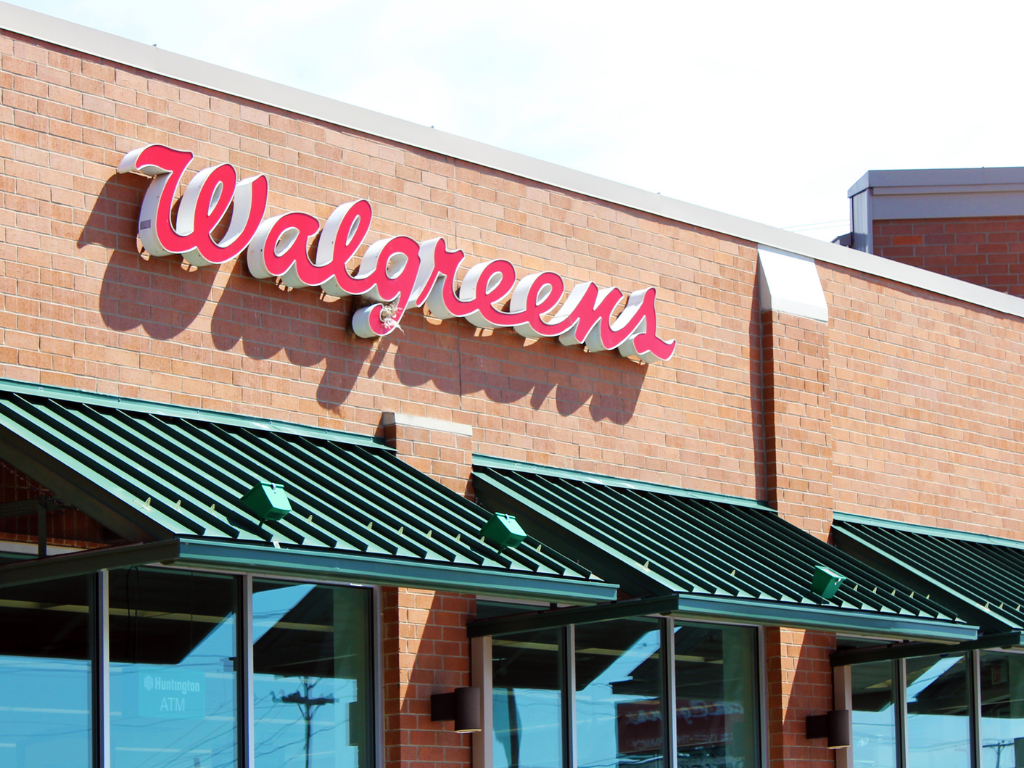UNDERSTANDING THE 1031 PROCESS
What Are My
1031 Exchange Options?
Our team at Get 1031 Properties sees the whole picture:
We analyze both your short-term and long-term goals to arrive at an individualized, actionable plan that helps meet your goals and objectives.
We have many years of experience with income properties and 1031 Exchanges. With insights into the current economy and real estate market, our team is positioned to help bring results to investors seeking higher income and wealth preservation.
Buying and selling your investment property can be emotional and stressful.
You want a smooth and hassle-free transaction, so my team is there to help you every step of the way—from creating a plan to preparing to market your property and sale to ensure a smooth transition to your next chapter.
☑️ Complementary real estate portfolio analysis to see if your current holdings meet your short- and long-term goals
☑️ Tailored 1031 Exchange solutions
☑️ Investment Sales
Passive real estate solutions: Delaware Statutory Trusts (DSTs)/NNN-Properties
☑️ Tailored 1031 Exchange solutions
☑️ Investment Sales
Passive real estate solutions: Delaware Statutory Trusts (DSTs)/NNN-Properties
Delaware Statutory Trust (DST)
DST Investments are fractional ownership stakes in larger institutional-quality commercial properties, allowing accredited investors to own shares of interest as an individual owner of the trust.
Each owner receives their pro-rata share of tax-sheltered income, such as loan expense and depreciation, as well as an appreciation of the entire property if any. A unique characteristic about DSTs is that they qualify for 1031 tax-deferred exchange, which helps investors to defer their capital gains taxes.
Because a DST qualifies for 1031 Exchanges, investors can acquire larger properties that otherwise could not be purchased individually. Historically, larger, institutional-quality assets were usually invested by large Real Estate Investment Trusts, pension funds, insurance companies, college endowments.
Through a DST, individual investors have access to large-scale multifamily apartment communities, office buildings, industrial properties, self-storage, assisted living, student housing, multi-tenant retail and single-tenant retail properties located throughout the nation.
The Internal Revenue Service has qualified DSTs eligible for 1031 Exchanges (Rev. Rul. 2004-86) because it is considered as a separate entity from its investors. Creditors of the beneficial owners of DST may not assert claims directly against an owner of a DST because they are entitled to the same limitation on personal liability that is extended to stockholders of Delaware corporations.
DST investments offer investors the option to continue partaking in real estate investing without the management responsibilities and headaches of dealing with troublesome tenants, toilets, and trash, while potentially receiving a steady income. DSTs provide owners the potential for annual appreciation and depreciation (tax shelter), with the minimum investment amount as low as $25,000, allowing investors to build tailored DST portfolios across asset-class and geographies, diversifying their asset allocation and lowering some of the risks.
Some investors have referred to any income received from DSTs as “mail-box” money since the sponsor makes monthly direct deposits to investors bank accounts with quarterly and annual reports that can be sent directly to your accountant or CPA. The income and expense received from DST investments are treated just like any other rental property, from a tax perspective.
Some investors have experienced approximately 50-70% or more of third monthly income has been sheltered income tax through depreciation allowance. However, every investor’s tax situation differs, and you should consult your tax professional regarding depreciation tax protection.
Are DST Investments For You?
- Investors seeking to defer their capital gains tax while getting out of the day-to-day management hassles of being a landlord
- Investors interested in converting their appreciated trapped equity into potentially greater cash flow and possible appreciation return than they are currently receiving from their real estate investments. Investors need to know that all investments, including real estate, carry the risk of loss in addition to the possibility of gain.
- Rental property owners seeking a lifestyle change or retirement and would like to take a more passive role in their real estate
- Rental property owners looking diversify their holdings into professionally managed larger institutional quality real estate.
- Investors who are within in their 45 day identification period and are seeking a practical replacement property option to satisfy their 1031 exchange or need a backup option in case their first choice property falls through due to seller backing out or inability to obtain financing.
- Investors who have excess proceeds from their 1031 exchange and don’t want to pay the capital gains tax (boot), can fill the gap with small investment minimums of $25,000 to receive 100% tax deferral.
Single Tenant Net Leased Properties
A triple net lease is a type of lease agreement where the tenant is responsible for all the ongoing expenses associated with a specific property, including real estate taxes, insurance, and maintenance, plus rent and utilities.
Triple net leases are usually used for freestanding commercial buildings with a single tenant and typically have an initial term of 10 years or more, with rent increases built-in throughout the duration of the lease agreement.
Types of real-estate leases
The three significant ongoing expenses (other than utilities and mortgage payments) related to owning a property are property taxes, insurance, and maintenance.
In real estate, a gross lease is the standard lease that residential landlords often use. The tenants pay a pre-determined amount for rent, and all three categories of expenses listed above remain the landlord's responsibility.
In a net lease, one or more of these expenses is the responsibility of the tenant. A single net contract means the tenant is responsible for property taxes.
A double net lease requires the tenant to cover taxes and insurance. And with a triple net lease, the tenant is responsible for all three expenses.
Benefits to landlords and investors
Landlords and investors like triple net leases because they create a steady and predictable income stream. As anyone who has owned a home for more than a few years can tell you, property taxes and building insurance are variable expenses, and usually not in the owner's favor.
Maintenance is the most variable expense of all. A property can need no major repairs for an extended period, and all of a sudden need a major item like a new HVAC unit.
By passing these expenses on to the tenant, the landlord and its investors know exactly how much income they can expect each month. Because these leases are generally signed for long initial periods and have rent increases built-in, landlords don't have to worry as much about lease renewals or negotiating rent adjustments often.
Benefits to tenants
Because the landlord doesn't have to worry about most of the variable costs of owning the property, a triple net lease generally has a lower rental rate than a standard lease (also called a gross lease). The landlord estimates how much property taxes, insurance, and maintenance costs will be throughout the lease term, and the cost savings are passed on to the tenant.
With strict due diligence, triple-net leased properties can provide mail-box money with minimal hassles. Investors, along with their advisors, should determine and scrutinize the lease to see, if, in fact, it is a triple-net lease, as well as investigate the creditworthiness of the tenant. Benefits to tenants
ACCESS OUR LIST OF NNN PROPERTIES


